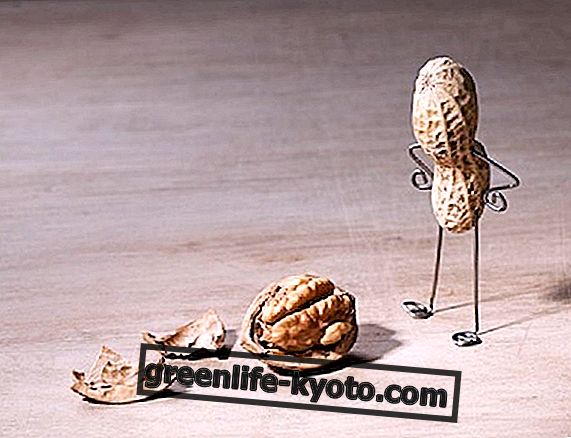
Emotions have been defined as affective reactions that arise suddenly in response to external environmental stimuli that affect us. The difference that distinguishes them from feelings is that they do not depend on an external stimulus but on our interests in general.
There are five primary emotions : fear, anger, joy, worry, sadness.
The usefulness of emotions consists in allowing us to evaluate immediately whether we like or dislike a stimulus, if it can be useful or harmful, if we are able to face it or escape. Emotions, when they appear in us, cause a series of reactions at the somatic and vegetative level.
Somatic responses can be directly observed and consist in blushing, trembling, sweating, breathing faster, the pupil can change its size.
The vegetative responses are not controllable and can only be measured with special equipment and consist of accelerations of the heartbeat, increase in pressure, alterations in salivation, in the secretion by the glands, and skin conductance.
According to Traditional Chinese Medicine every emotion is directly connected to an organ of our body and if it persists for a long time it can alter its correct functioning.
Links between emotions and organs
> Fear - Kidneys
> Anger - Liver
> Joy - Heart
> Concern - Stomach
> Sadness - Lungs
But specifically what can be so powerful as to alter the function of our vital organs?
Always, following the Traditional Chinese Medicine, this power is the ENERGY contained in the Emotions.
More and more numerous studies highlight the importance of being able to communicate one's emotions, both verbally and through body gestures.
The inability to do so constitutes a real disorder, responsible for the origin of psychosomatic pathologies, including anxiety, skin diseases, some gastro intestinal disorders, some forms of diabetes, asthma, eating disorders ...












